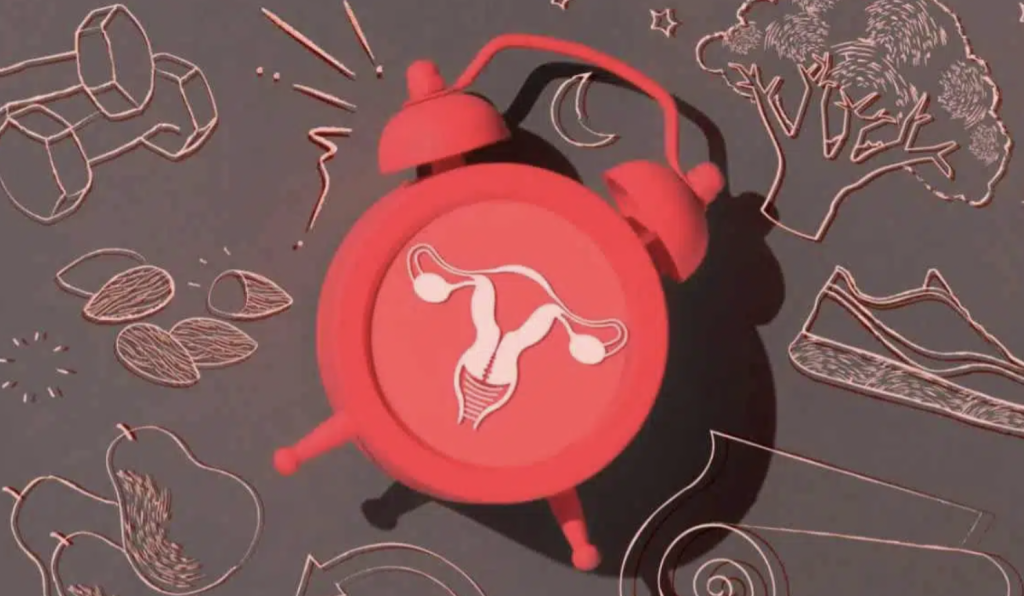When it’s our time of the month, our hormones affect lots of things about who we are and how we feel.
Should we ignore the fact that this is happening at all costs? Or should we accept that our menstrual cycle plays its part in our lives and that we need to make changes to be more comfortable?
This article will look at what cycle syncing is, how it can be done, and understand the effect this can have on our well-being and how we live our lives.
What is cycle syncing?
Cycle syncing is a term for when you decide that, rather than ignoring the symptoms that appear during your menstrual cycle and trying to carry on as normal, you acknowledge what they are there and actively choose to do things that are better for you.
There are phases throughout our cycle where we feel more energetic or in worse emotional states, to use just two examples. Rather than doing whatever we normally would through this, cycle syncing is a way of exerting that energy when we have it, or taking the time to rest when we need it.
Official studies on cycle syncing are yet to be conducted, but there are a lot of people who attest to the programme working. Everything from your diet, and your workouts, to the plans you make can be optimised so you don’t put strain on your body and mind.
There is more information regarding the basics of cycle syncing on our website for you to consider.
The menstrual cycle stages
Firstly, there is the menstruation phase. This stage, which occurs in the initial week of your menstrual cycle, is when the endometrium sheds from the uterus as a menstrual period. It can last on average 4-5 days but some may last up to 8 days. It’s possible that you won’t feel massively energetic during this phase because your estrogen levels will be low.
You might consider not over-exerting yourself physically during this week as the likelihood is that cramps and headaches could be present, meaning your body might require rest.
Throughout the menstruation phase and lasting around a further week is the follicular phase. Your body is preparing itself for ovulation in the first 2 weeks of your cycle.
Your estrogen levels are returning to what they were pre-period which might result in increased mood levels and more energy once your period has finished after week one of the cycle, meaning you could be more motivated to hit the gym or work more productively.
During the ovulation phase, your body is at its most fertile because an egg is released into the ovary. Around 20% of people experience physical discomfort during this stage, not to mention the likelihood of increased sex drive.
Finally, we have the luteal phase. As your ovulation stage has finished and your estrogen levels are dropping again right before your period begins again, those hormonal changes can cause lethargy or physical aches.
If you’re feeling low and lacking energy during your luteal phase, it seems unfair to ask your body to exercise harder or for your mind to work more productively during this phase. Be kind to yourself.
Why should I consider cycle syncing?
The reason many people choose to go with cycle syncing is to make the different phases of their menstrual cycle much more manageable when their hormones are playing up.
Noticing what is good and bad for you during these phases is important and can make your life a lot easier. Making your menstrual cycle more comfortable is exactly why many women and people with periods choose to do this.
Therefore, you can take charge of your menstrual hormone cycle and your life by planning your activities around the fact that your mood will change and you’ll probably have less energy. Maybe you can allot this time for yourself or treat yourself to things you know you’ll enjoy.
Taking a step back when you need it is absolutely fine, and so is using up all that extra energy when you have it. Cycle syncing means it’s on your terms and you’re listening to your body when it’s telling you what it needs.
For more information on this, and many other topics regarding feminine hygiene, explore the Riley website today.




